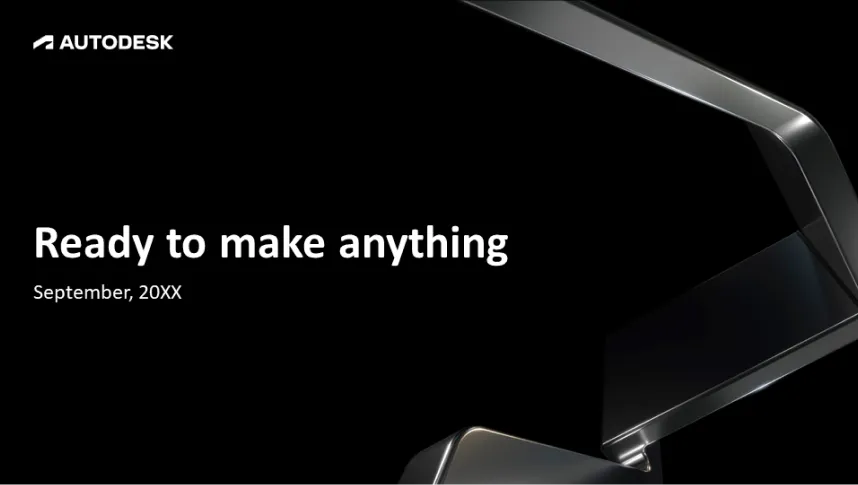Creating a looping PowerPoint presentation is a straightforward process that can be accomplished in a few steps. This can be particularly useful in situations where you want your presentation to run automatically, like during trade shows or business exhibitions.
Steps to Create a Looping PowerPoint Presentation
Step 1: Open Your PowerPoint Presentation
Start by opening the PowerPoint presentation that you wish to loop. If you haven’t created it yet, go ahead and make one.
Step 2: Make Sure All Slides Are Set Up Correctly
Before you set your presentation to loop, ensure that all your slides are in the correct order and that any animations or transitions are working properly. This will help avoid any hiccups during the looping process.
Step 3: Set up Slide Transitions
To make your presentation run smoothly, you should set up automatic slide transitions. To do this, go to the “Transitions” tab in the PowerPoint toolbar, then in the “Timing” group, check the box next to “After” and set the desired time for each slide to be displayed.
Step 4: Set up Looping
To set up looping, go to the “Slide Show” tab in the toolbar, then click on “Set Up Slide Show”. In the dialog box that appears, under “Show options”, check the box next to “Loop continuously until ‘Esc'”. This will make your presentation loop until you manually stop it by pressing the “Esc” key.
Step 5: Save Your Presentation
After setting up the looping option, save your presentation. Now, whenever you start the slideshow, it will automatically loop until you stop it.
Remember, while a looping presentation can be a powerful tool, it’s essential to ensure that your content is engaging and visually appealing to keep your audience’s attention. If you need help creating a compelling PowerPoint presentation, SlideGenius experts are always here to help.
View Our Presentation Portfolio










